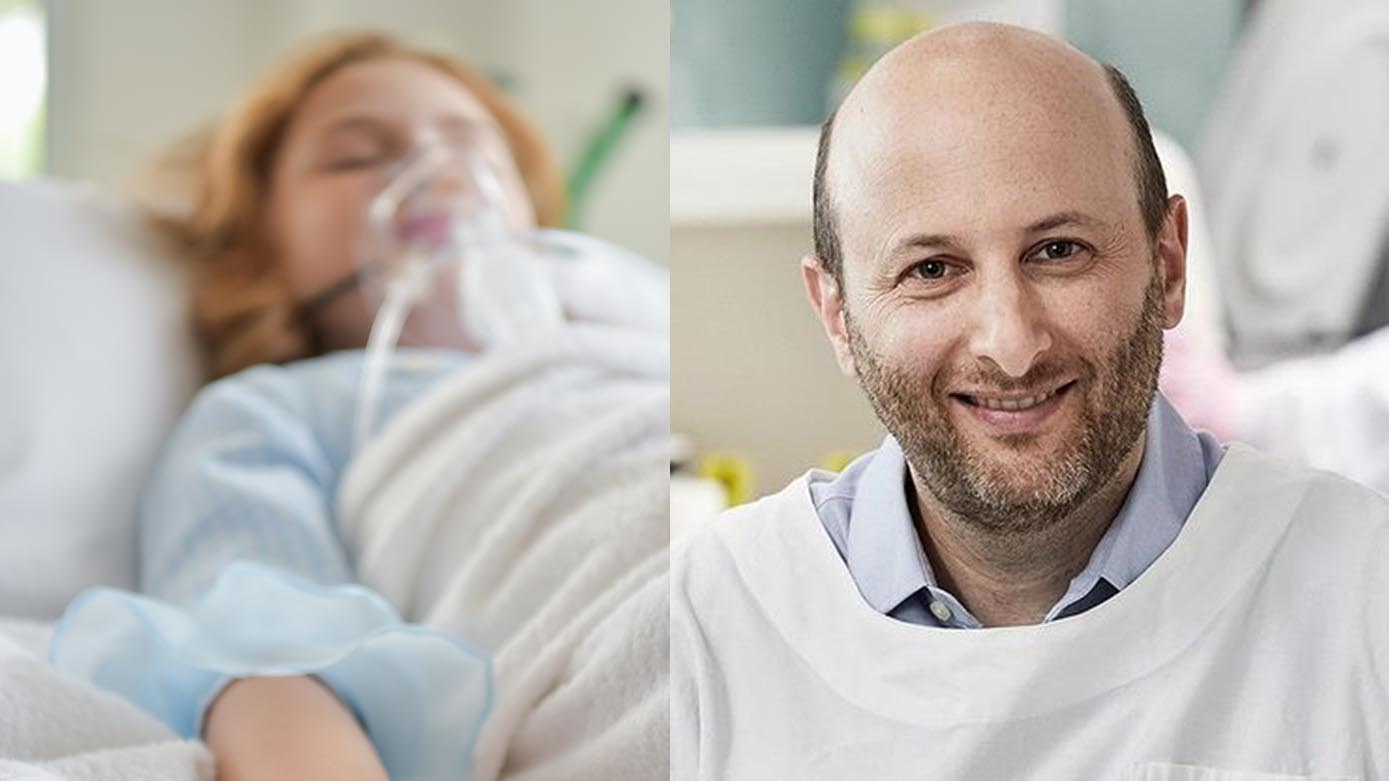Curing the incurable: A new breakthrough in childhood cancer

Scientists are on the cusp of a medical breakthrough that could help in the treatment of an aggressive brain cancer.
Diffuse Intrinsic Pontine Glioma, or DIPG, is the most aggressive childhood cancer with a current survival rate of 0%. DIPG primarily occurs in children aged four to eleven years old and grows in the brainstem, meaning that it cannot be removed via surgery. On average, 20 Australian children are diagnosed with DIPG each year and have an average survival time of nine to twelve months after diagnosis.
But now a new drug offers hope to patients diagnosed with the disease.
Scientists at Children’s Cancer Institute have developed a new anti-cancer drug from antimalarial drug quinacrine. When tested on animals that were growing DIPG tumours, they found that the drug stopped tumour growth and, when combined with a second drug, panobinostat, increased survival time.
Associate Professor David Ziegler from Children’s Cancer Institute said, “Over the years, many different types of treatments have been tried for DIPG, but none so far have proven effective in clinical trials of children with the disease.”
Speaking to Sunrise, he said the development was “a fantastic and exciting breakthrough.”
“This is one of the worst cancers to affect either children or adults and until now we’ve had no effective treatments,” he continued.
“We’re at the point where we’ve found a drug that looks really effective and is actually finally promising some hope.”
Ziegler will lead human trials of the drug in top children’s hospitals in the United States and Australia “by the end of this year”.
“We’re working as quickly as possible to bring this to kids who desperately need it,” Ziegler said.
